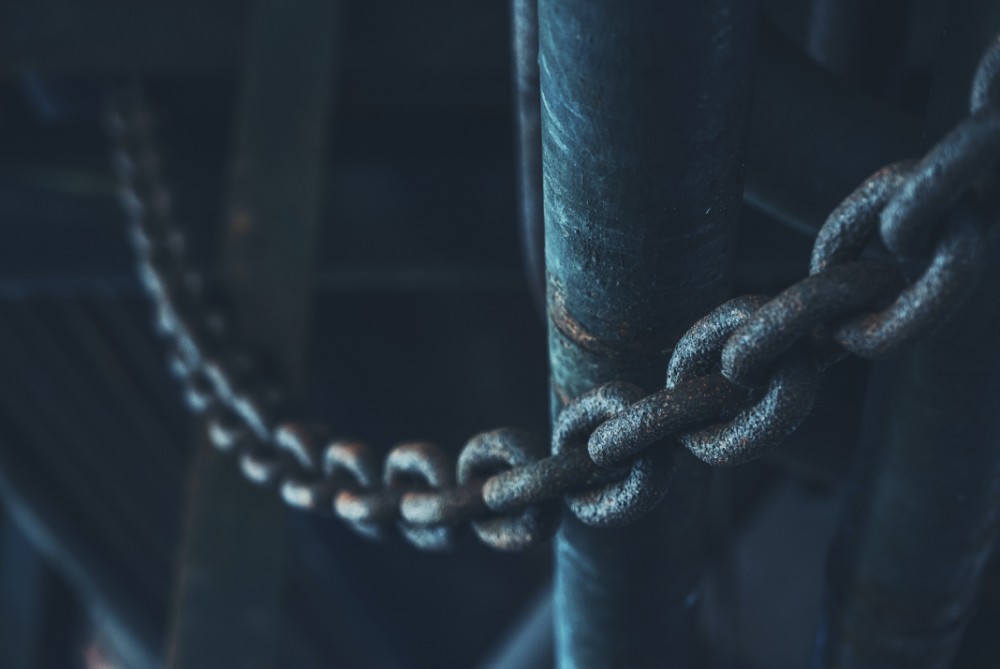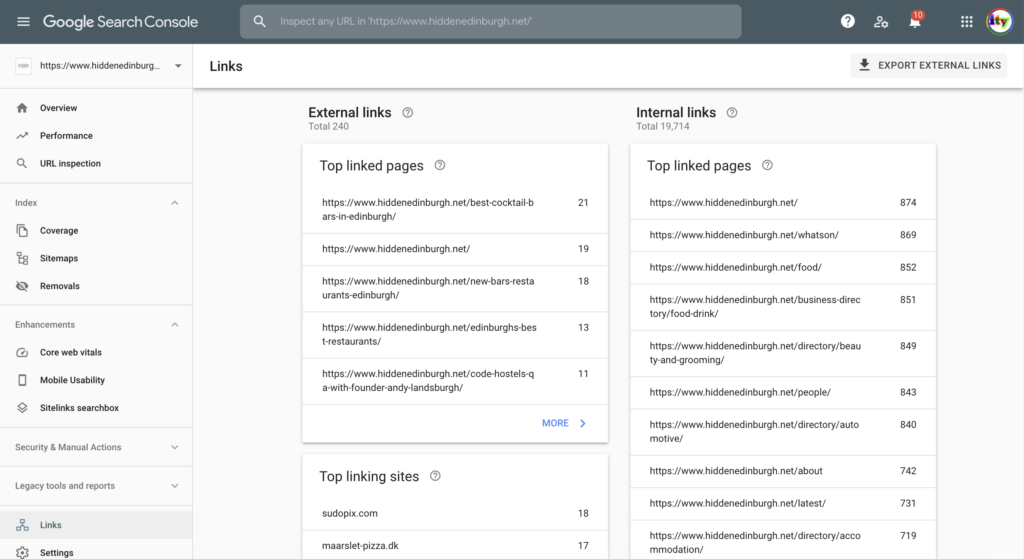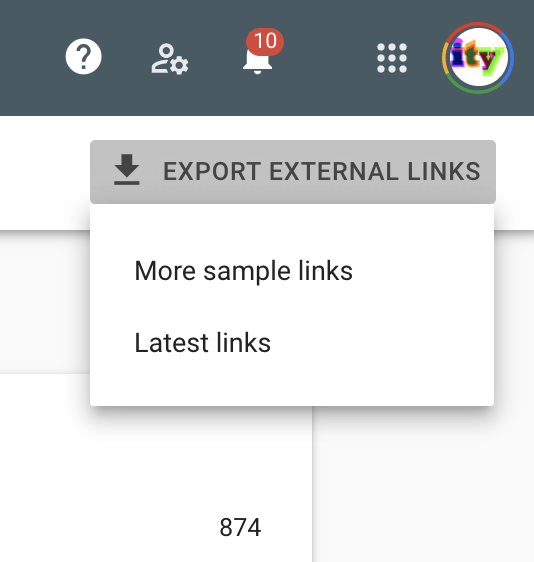
Top Tips : Google SEO: Knowing Your Follow, From Your NoFollow, From Your Sponsored and UGC Attributes
If you want to improve how you rank in Google organic search engine results there are two key elements to ranking higher:- Good Onsite SEO – this includes well optimised page titles and meta descriptions along with well written good quality content and internal links.
- Good Offsite SEO – this includes high quality ‘external’ links from other websites pointing to your website.
In this article we delve into ‘link attributes” to ensure that as you build the number of links pointing to your website you do not run foul of a penalty from Google.
External Links
Google uses external links (i.e links pointing from one website to your website) as a key way to understand more about the ‘quality’ of a website and how well that site should rank in Google organic listings. External links pass ‘value’ from one website to the website it is linking to and the higher quality the website is the more “trust” it passes to.
Examples of High Quality Websites include:
- Links on a newspaper or magazine website
- Links from a university
- Links from an authority niche website
The problem with using external links as a way to rank higher on Google’s search results is that it can be manipulated and therefore not a fair playing field when most people play the good game:
- A website could buy external links to help them rank higher.
- A website could give away free products and ask bloggers to write about the product in return for a link back to their website
- A website could receive mentions on social media and generate more links
Another problem is that in some circumstances an external link is part of a legitimate business or commercial agreement which cannot be avoided:
- A website runs a paid partnership/sponsorship with another brand and the partnership includes a link back to their website from the partner
- A website sells advertising space and the advert has a link in it.
- A newspaper has run a competition and links back to the partner website.
Follow Vs Nofollow
In 2005 Google introduced the ‘nofollow; attribute to help solve these problems noted above.
The attribute is a piece of HTML code you add into the link on your website to tell Google about the relationship with the linking website. This is known as a rel attribute.
For regular links that you expect and want Google to follow without any qualifications, you don’t need to add a rel attribute. Example:
<a href=”http://www.example.com/”>Link text</a>
If you wanted to let Google know that the link was a paid partnership for example you would simply add the following bit of code into the link HTML rel=”nofollow”
So the link would then become
<a href=”http://www.example.com/” rel=”nofollow”>Link text</a>
This bit of code tells Google to disregard the link for SEO purposes and will ensure that you wouldn’t receive a penalty from Google for bending the link rules.
Sponsorship and UGC Attributes
Since September 2019 Google has broadened the rel= attributes further to include two additional attributes. The two new link attributes joining rel=“nofollow” are:
rel=“sponsored”: Identifies links on a site that were created as part of advertising, sponsorships or similar agreements.
rel=“ugc”: Identifies links that appear within user generated content, such as comments, social media and forum posts.
The attributes are used in the same was as the rel=”nofollow” and they can also be combined together as illustrated in the example below:
I love <a href=”https://cheese.example.com/cheddar_cheese” rel=”ugc nofollow”>Cheddar Cheese</a> cheese.
I hate <a href=”https://cheese.example.com//blue_cheese” rel=”ugc,nofollow”>Blue</a> cheese.
Next Steps
If you are new to SEO and want to learn more about the external links that point to your website you can download them by visiting your Google Search Console profile.
search.google.com/search-console/about
Click on the links tab on the left hand side

And then click on the “latest links” to download a complete CSV of the links that point to your website.

Once you have downloaded your links you can check that they all present the appropriate rel attribute and if necessary contact the linking site to make the relevant changes.
Learn More
If you want to discover more about how SEO can help drive more traffic and sales for your business email us ADD LINK or download our SEO Top Tips Guide.
